6 Simple Tips for Better Time Management at Work
Small changes lead to massive results. With this mantra in mind, follow the top 6 simple time management tips for mastering time at work.

I’ve tried it all: I’ve bought the latest and greatest time management books (who hasn’t spent their hard earned dollars on Getting Things Done by David Allen?). I’ve made sticky notes galore with calendar reminders, and have tried just about every task management application that currently is in existence. I’ve done it all, but at the end of the day, I still wasn’t happy with my productivity.
My friend's story surely resonates with those of us who experienced time famine or simply want better time management at work.
In this post, we will find how to stop being overwhelmed and get better at time management in 6 simple and worthy effort steps.
6 Simple Time Management Tips
There are a lot of articles that explain why we procrastinate and even give tips on how to enjoy time wasting.
However, we will focus on strategies to improve your ability to use work time wisely and with better time management results.
If you feel that you want more out of your day and you strive for having a productive life that you know is possible, then these time management tips are for you.
Review your daily activities
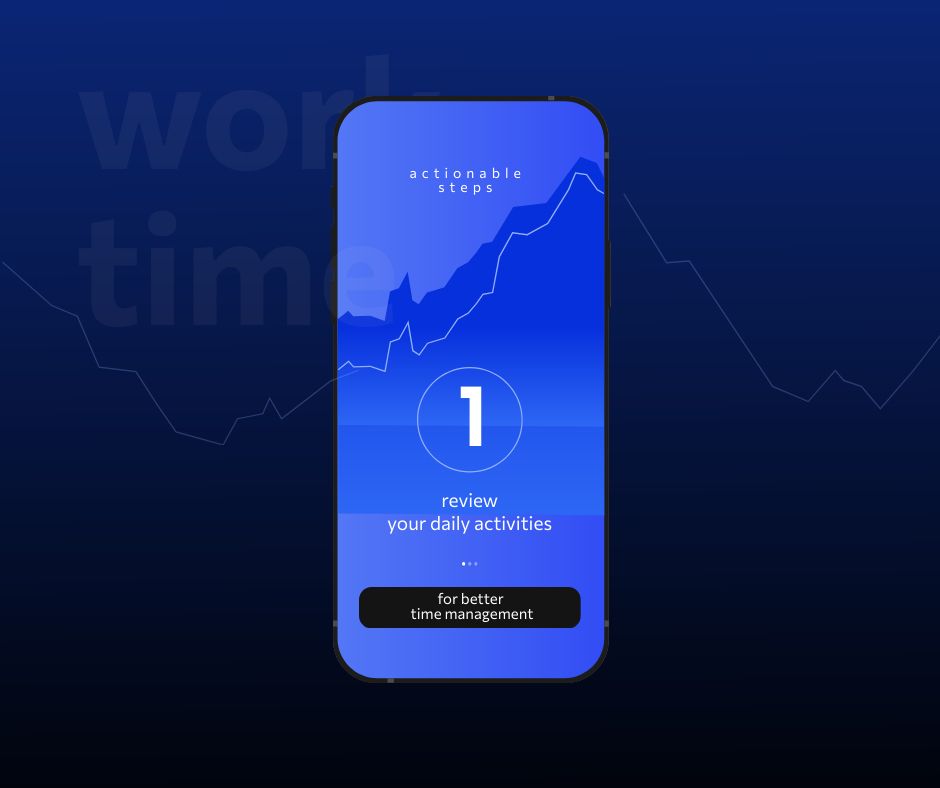
Keeping track of your daily activities is a simple but effective step for polishing your time management strategies for work.
Daily check on activities you are engaging in will help you evaluate at a glance:
- which activities are the most important to you
- what is taking up the most of your time.
Why it's important: Planning and estimating how much time is available for work-related activities can be made more realistic when you know how much time is required for routine tasks.
It is the first step to determining what you should do next.
A daily checklist with a set of questions on what you did and how long it took you can be beneficial for a myriad of reasons as it feeds data on how you consume time and assists in building strategies for improvements in:
- accountability
- productivity
- teamwork
- professional efficiency
- error reduction
- work life balance.
Bottom line: Keep a record of your daily activities for sharpening your focus and training vision of long-term goals.
Assess the importance and urgency of tasks
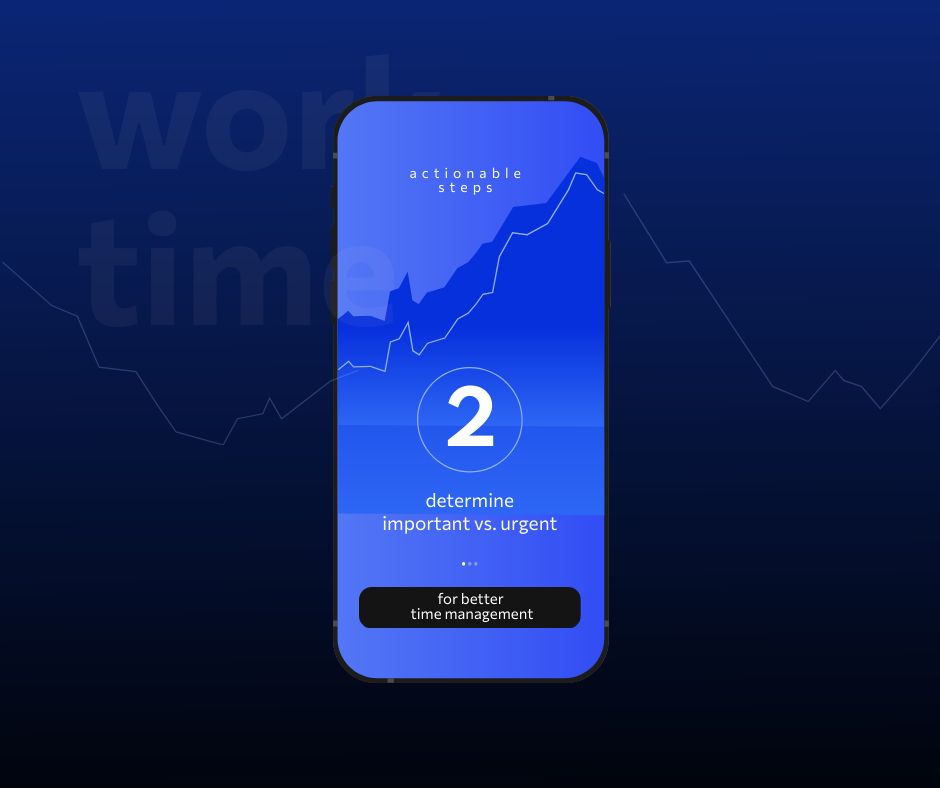
Tasks should be prioritized according to their importance and urgency. Known as the Eisenhauer matrix, the difference between important and urgent proved to be one of the most effective time management tips at work.
Why it's important: It can be helpful to create an urgent vs. important matrix for projects to determine which tasks need the most focus.
When you are determining which tasks are most important and most urgent, remember the rule of prevention of escalation:
Don't ignore important things on your daily schedule however boring they may seem, and it will automatically prevent task snowballing, overcome anxiety, and decrease the pressure of urgency.
Bottom line: When working on various tasks, rely on scaling urgent and important tasks for better time management. An urgent important matrix is a great tool for employees who want to prioritize their effort and focus on tasks that require it most.
Plan your strategy
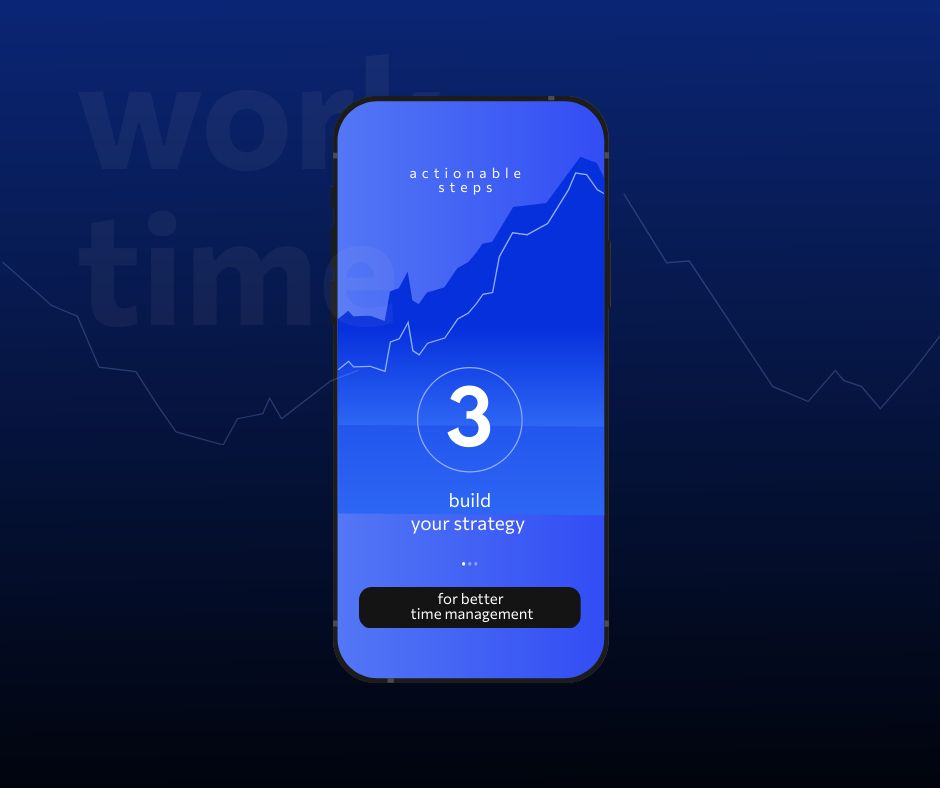
The lack of long-term planning is one of the most common reasons for falls in time management. Hence, to increase the chances of success, it is important to build a time management strategy.
Why it's important: Taking a strategic view means bringing a change to routines to avoid overwhelming ourselves and focus on:
- identify your goals
- set a plan in motion
- schedule your time
- combine similar tasks
- keep a buffer between tasks and meetings.
How to work on time management strategically? Below, there are 5 top practical steps to follow at the stage of building a strategy.
Identify your goals

In time management, processes, tools, and techniques are combined to achieve a particular goal. Therefore, to aim for success, we need to set goals around work time management techniques.
Aside from creating short-term ( for example, task completion on daily basis) and long-term goals (for example, increasing brand awareness), it's essential they are set in connection to skills necessary for their achievement.
In case you need to broaden your skillset, pay attention to integrating your goals into a work plan.
Set a plan in motion

Ideally, a planning tool should include options that make it easy to identify the areas for improvements instantly (mindmaps, to-do lists for primary planning, future-oriented lists, time-bound daily/weekly/monthly planners and templates, etc.). Using such planning tools can help:
- create an actionable plan that is easy to put in motion
- bring clarity to work processes
- draw a roadmap for projects of any complexity
- show the optimal ways of goal achievement.
This way, it will be easy to stay flexible and capitalize on opportunities for more effective time management.
Schedule your time
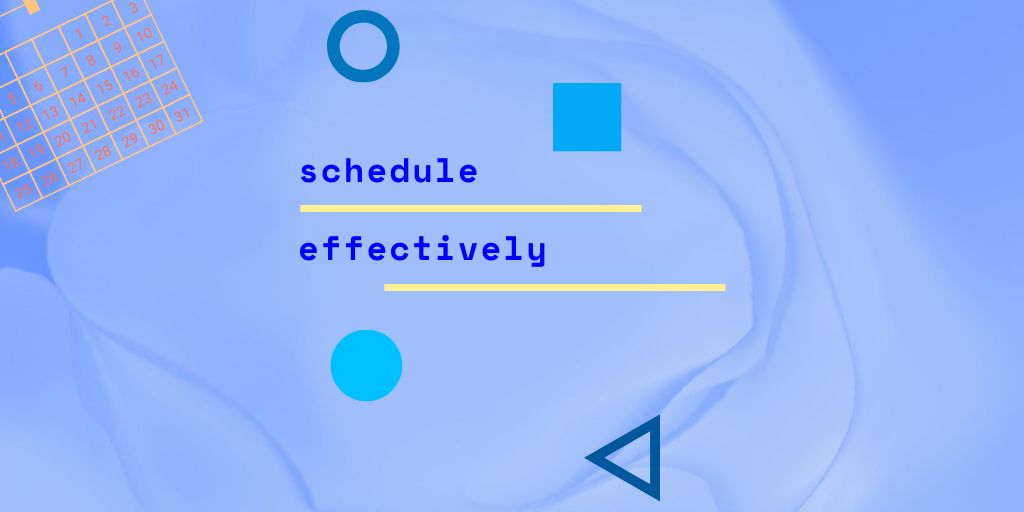
If you see a lot of busyness, but few tangible outcomes, you need to revise how you allot time. One of the best ways to schedule effectively is to allocate your time from a calendar, not from a current flow dictated by communication channels and email loading and operate on time tracking data.
Knowing the real-time data on time and resources utilization can dampen excessive optimism and help in highly efficient scheduling by creating time estimates for tasks and projects with precision.
Combine similar tasks
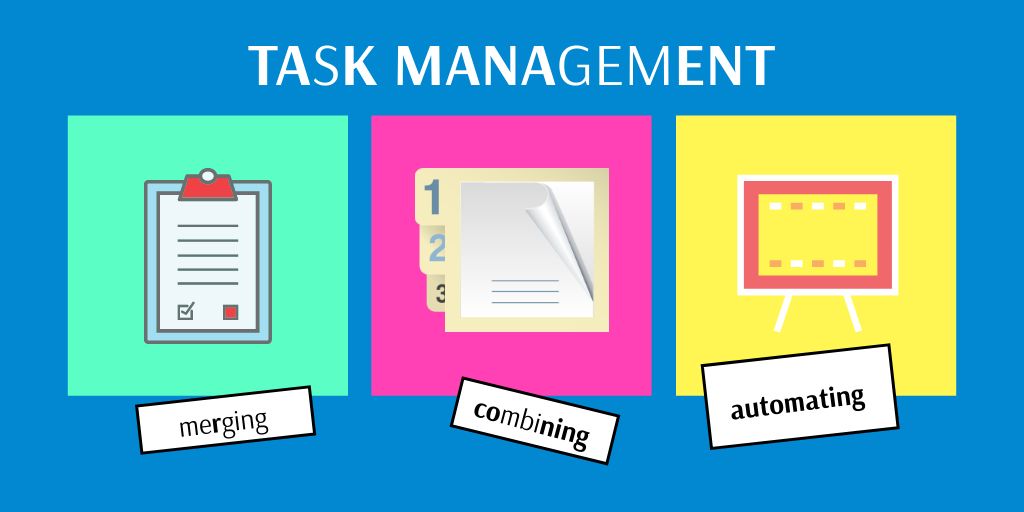
If you struggle to move your work forward or meet deadlines it might be a signal of a lack of automation. A simple step of clustering similar tasks can remove the pressure of deadlines and prevent multitasking that ruins our productivity.
Choose a tool that provides task merging, combining similar tasks, integrating them in services you use daily, and you will level up your time management easily.
Keep a buffer between tasks and meetings
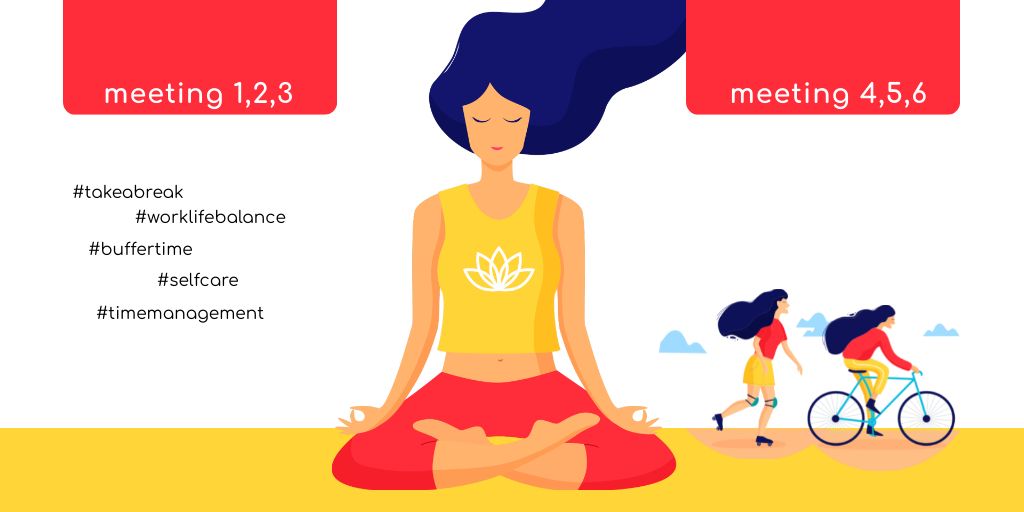
Numerous time management quotes for work often highlight the importance of healthy breaks:
Time you enjoy wasting is not wasted time.
Allow a buffer-time between tasks and meetings for making a transition to a new activity less overwhelming. The idea is to take a break that would lead to a breakthrough for feeling refreshed and more productive.
Make a to-do list for each goal and project

Basically, work and life goals fall into one of these 4 types:
- Health and wellbeing
- Work
- Personal relations
- Spare time.
When it comes to the achievement of work goals, it is easier with creating a to-do list for each task and project.
Why it's important: Taking a 'breaking-down' approach means turning your goals into manageable tasks. Another advantage of this approach is removing the factor of fear, anxiety and impatience from the forefront and shifting focus to specific steps.
Bottom line: To-do lists increase our productivity by bringing clarity to the picture and, thus, eliminating unnecessary tasks off the project agenda.
Put a time limit on each task
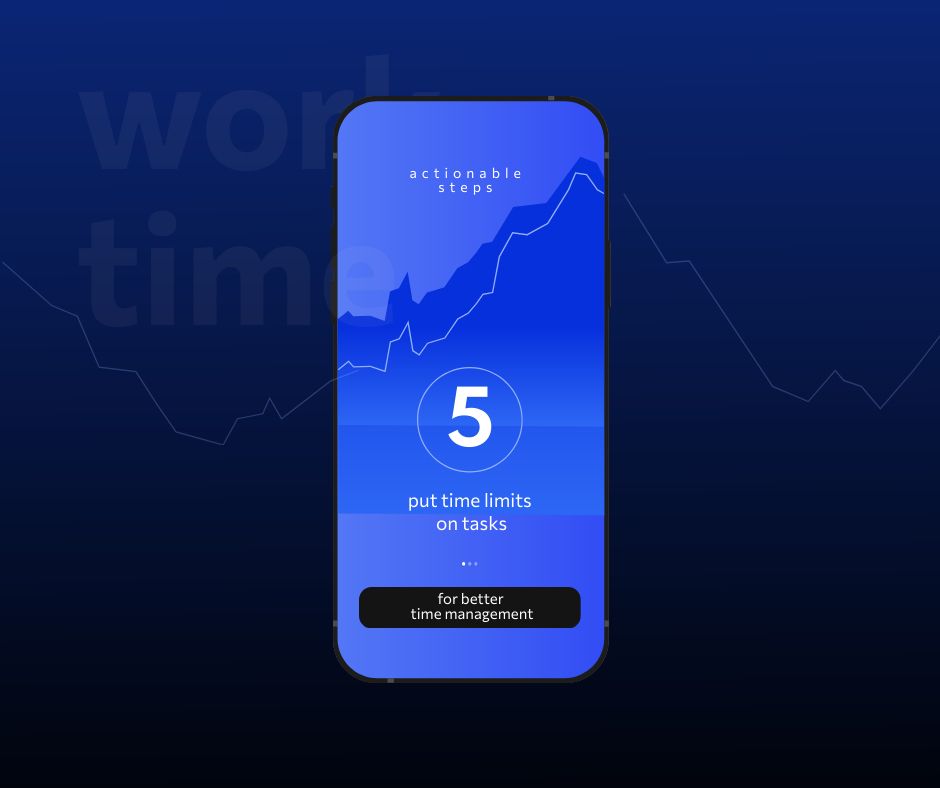
The difference between management and mismanagement is accuracy.
Putting a time limit on tasks works as an antidote against procrastination. The time estimate we set for a task can be a game-changer in how long its performance takes as it provides a comprehensive view of goal achievement.
One of the best practical ways to do it is to employ automatic time tracking.
Indeed, with paper-based methods of time tracking and attendance management, you trade accuracy for outdated tradition.
Why it's important: The future will be more tech-driven, according to experts:
In order to survive, businesses are reconfiguring systems and processes to automate as many aspects as possible.
It means that we will increasingly rely on remote-distributed technologies.
Bottom line: Not to turn the benefit into a challenge, there must be a proactive approach in implementing tools and, in particular, deploying those that make an impact on business and personal productivity on the strategic level.
TMetric time tracker is one of the best time management systems for employees as it not only helps set a limit on any task but sets a realistic timeline for a project as it contains all the features of a productivity hub.
It is an advanced time tracking app designed to take employees and freelancers on a quest for more efficient, productive, and balanced work.
Its purpose-built features enable active project management and time tracking, which deliver a revolutionary approach to creating an early-warning system against impending project collapse as well as superior management of multiple projects.
Take steps to reduce distractions

The ever-connected, always-on nature of our devices makes it difficult to concentrate. As a result, we multitask.
How to improve time management at work? The simplest step to take is to turn off the notifications on your phone or at least choose a silent mode for work hours. The other step is to practice digital detox for a day or for some time daily. This way, it will be easier to build new time management habits.
For obvious reasons, remote workers are exposed to more distractions. For a deeper dive into a topic, we recommend time management tips for remote workers.
Why it's important: Stay focused, don't let distractions get in the way of your productivity or block you from studying your business niche and building new skills.
Furthermore, the pandemic-induced anxiety added to already existing problems with work-life balance in general and getting enough quality sleep hours, in particular.
Under the threat of unmanaged stress, we find it hard to wake up refreshed and be actively ready for a new day. To break this vicious circle, putting a healthy boundary on work and life is a must.
Root out distraction at work, and you will be able to decrease stress, increase your personal productivity and build a healthier sleep routine as well.
Bottom line: The key here is to play the long game rather than think short-term. Distract yourself as little as possible. By taking just a few key steps you can improve your time management skills right away.

